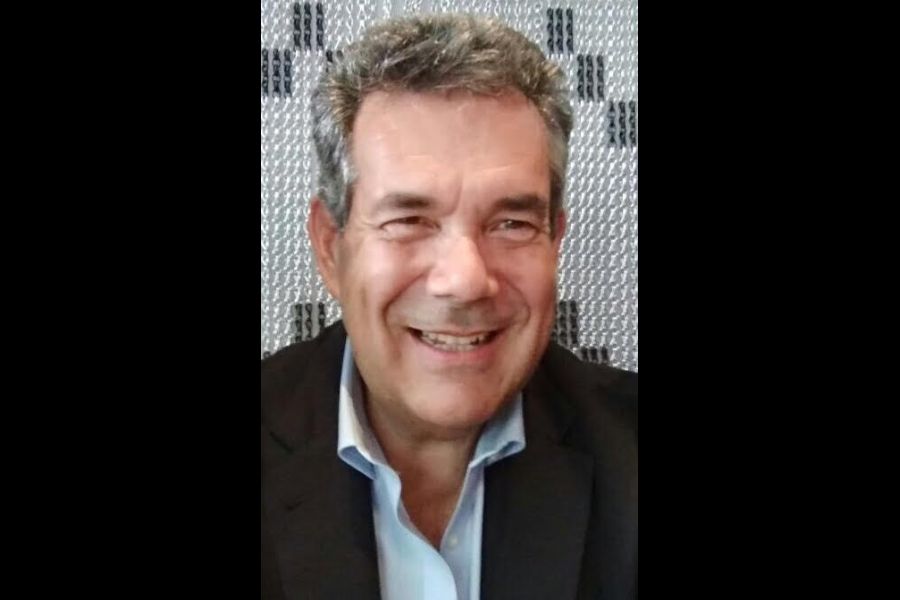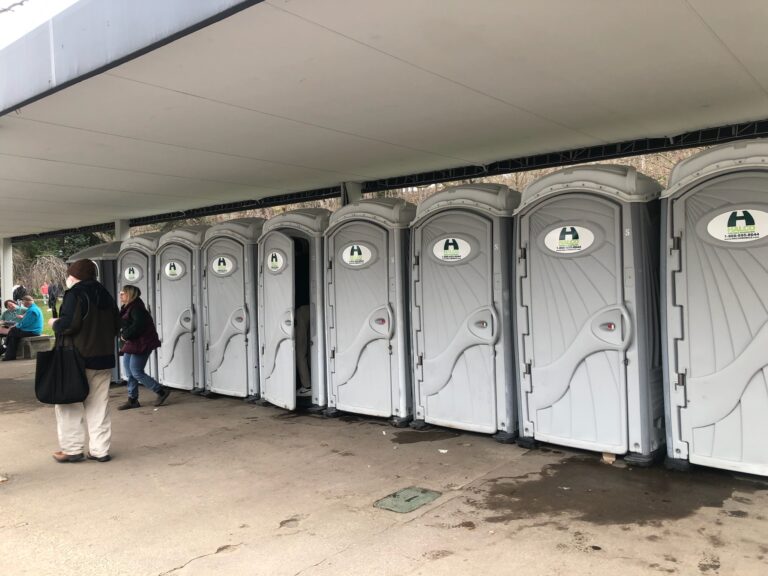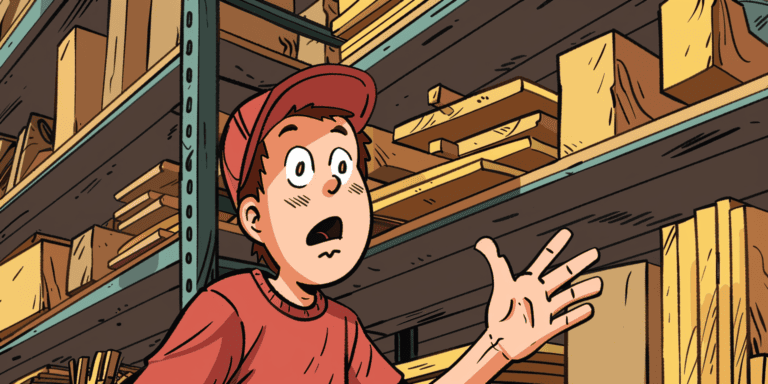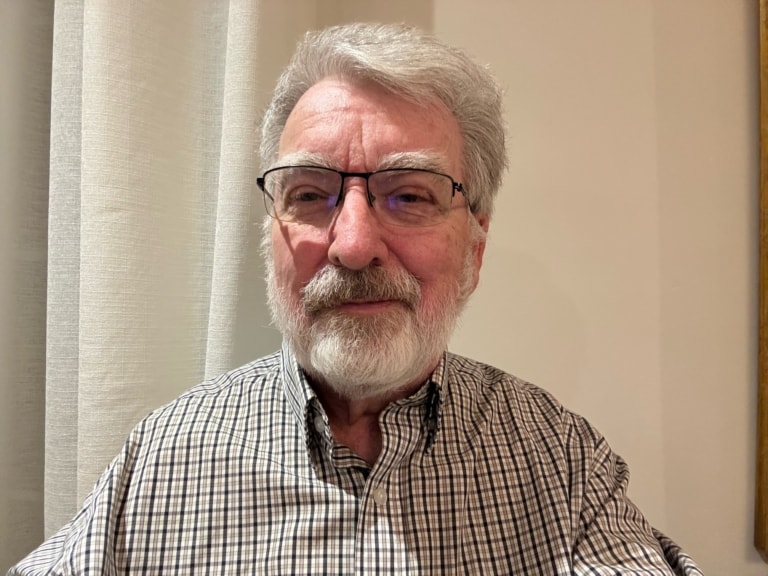The following originally appeared in the NOTL Chamber of Commerce's newsletter last week.
Eduardo Lafforgue
Special to The Lake Report
When I heard the news that an innocent family was killed in London, Ont., just because of their religion, I thought: this cannot be the country that we all love and cherish. Let’s pray for the nine-year-old boy who survived. His family arrived from Pakistan years ago hoping for a better life and he is now an orphan.
I wrote this message below for myself, to alleviate the sorrow I felt when I read about the children who never returned home from the Kamloops Indian Residential School and those who survived trauma from the residential school system.
Now I feel like sharing it in memoriam.
215 unsharpened pencils
Canada, one of the most civilized countries in the world, where we coexist as harmoniously as possible, people who were born in 170 different countries, where respect for human rights is the only thing that not even politicians dare to touch and is part of modern Canada, these weeks faced its colonial past.
From the end of the 19th century, the federal government with the help of the Roman Catholic and other churches created a system of residential schools to integrate the children of the First Nations into the Canadian-European culture, product of the arrival of settlers from the British Isles, France, northern Europe and other white countries.
This meant that children, in some cases as young as three, were uprooted from their homes and re-educated away from their parents, whom they saw once a year or never again.
It is one of the saddest and bleakest chapters in Canadian history that few were aware of until the 1970s, when the last of the more than 130 residential schools closed for good.
Little by little more and more details were revealed, and it continues to come to light how children of the 634 First Nations who spoke 50 different languages ??were re-educated, often in egregious conditions of violence, sadism and ongoing abuse.
This not only caused enormous pain to all those families but also created a sociocultural vacuum and identity confusion so great that they are largely the cause of the problems many members of the First Nations have to this day.
For 215 hours, the flags across the country were flown at half-mast; Google put a black ribbon on the Canadian home page of its online search engine.
Only a few weeks ago and despite the fact that members of the community of the Tk'emlúps te Secwépemc First Nations in British Columbia have been demanding an investigation for 50 years, a mass grave was discovered next to the former Kamloops residential school thanks to the use of deep radar technology. .
The unique temperate climate of this region of western Canada favours the development of lush gardens. There, under a huge oak tree, the bodies of 215 boys and girls, some as young as three years old, lie piled up like nameless remains.
The collective horror is not enough to alleviate the pain of all those people who always knew that somewhere in the gardens of that school were their ancestors. This was just one of the more than 130 residential schools. How many more graves will there be?
Spontaneous tributes and improvised offerings appeared in front of the old buildings of those schools. People of all kinds started leaving baby shoes, teddy bears and other toys.
Someone left a pencil sharpener and a pencil case: 215 pencils were never sharpened again, 215 boys and girls stopped learning to be Canadian.
They stopped writing in their notebooks and using their pencil sharpeners many, many years ago, although not enough for us to forget about them.
May they rest in peace in the garden of spirits.
Eduardo Lafforgue is CEO of the NOTL Chamber of Commerce.










